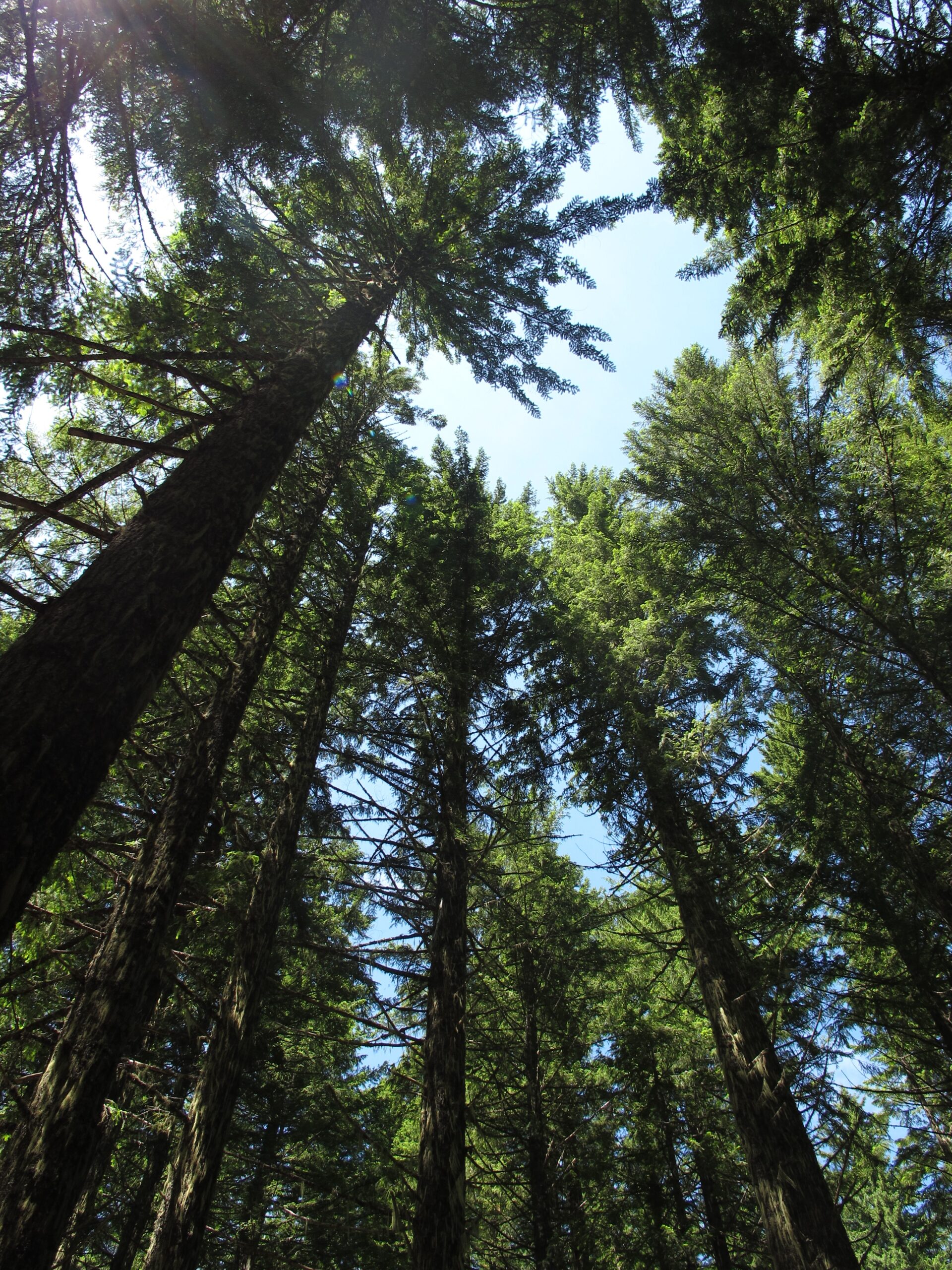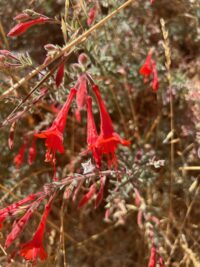Endangered spotted owls soared into the national news and tree sitters claimed the Headwaters Forest along California’s North Coast during the timber wars of the 1990s. A group of Sonoma Valley residents were among the crowds that made the trek to march in Ft. Bragg during the Redwood Summer, gathering to support the front-line activists defending ancient trees, free-flowing rivers, native salmon runs and wildlife.
As a result of public outcry during that tumultuous era, we won safeguards for 24 million acres of forests, stretching from Mendocino County north through Northern California to Oregon and Washington, under the Northwest Forest Plan (NWFP). The federal plan aimed to protect old-growth forests and provide a more rational way forward to manage our forests than the clearcutting that was going on back then.
Now, 30 years later, these same forests – old growth reserves and spotted owls – are facing new threats from proposals for vastly increased logging and weakened federal protection. Aggressive changes proposed to the historic Northwest Forest Plan (NWFP) call for doubling the amount of commercial tree cutting in old growth stands and mature groves, mostly under the guise of wildfire prevention and to keep timber mills operating.
While commercial logging would remain banned in wilderness areas, exemptions in the Wilderness Act for wildfire management open the door to mechanized thinning and logging operations that are already bulldozing swaths of forest land.
Some conservationists are calling it a “disaster plan” and “very ugly.”
Like me, you probably feel close to some of the forests and wilderness areas covered by the NWFP. I’ve backpacked and hiked on many magnificent back country trails as a Sierra Club backpack leader over 20 years, and now with my black lab, Ming.
I co-led many trips into the rugged Trinity Alps, climbing 10 miles into Caribou Lakes at the foot of the majestic Sawtooth Range. After a hot, rocky ascent, we’d find a cool campsite on granite shelves above the lakes under towering vanilla-scented ponderosa.
Back then, we carried big metal pots and white gas stoves for giant dinners of pasta or rice for a dozen or more people. Then come evening, we’d somehow cram everything into stuff sacks and hang them on high to discourage the bears. In the morning, we day hiked up to the ridge where the lush Morris Meadows and gleaming Emerald and Sapphire Lakes beckoned several thousand feet below. Sometimes we even went down and back up the steep, grueling, dusty trail, with big smiles back on top.
After years backpacking in California’s forests in the Trinity Alps, Mt. Shasta, Mt. Lassen, and the Sierra Nevada, I started venturing north into Oregon and Washington from my home base in Sonoma.
All of these public lands and beyond are precious and unique, providing clean air and water, climate health, habitat for wildlife and places for all of us to get outdoors. While some revisions may be warranted, such as requiring tribal consultation and co-management, I am worried about how proposed changes may do more harm than good to the wild forests, mountains and rivers we all cherish. . Now is the time to tell our stories about the value and wonders of these landscapes as a way to send a strong message in favor of conservation and climate health in our forests.
The NWFP and draft Environmental Impact Statement (EIS) is now open for public comment through March 17, 2025. Many environmental organizations, including the local Sierra Club Redwood Chapter, are offering informational webinars, talking points, and actions we can take to defend our forest. Maybe we will be marching together again.
Sierra magazine contained an outstanding article with a detailed history of the NWFP. To read it, CLICK HERE









Be First to Comment